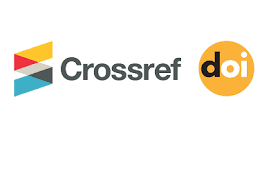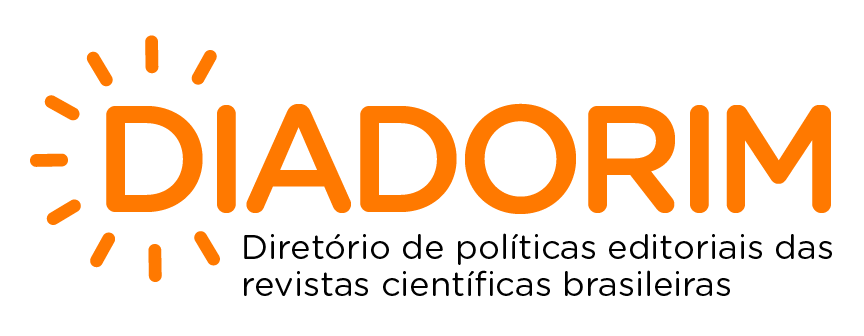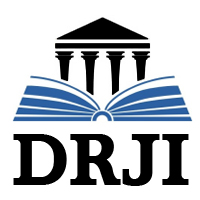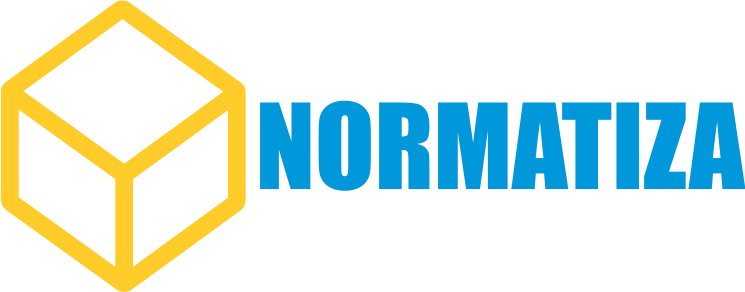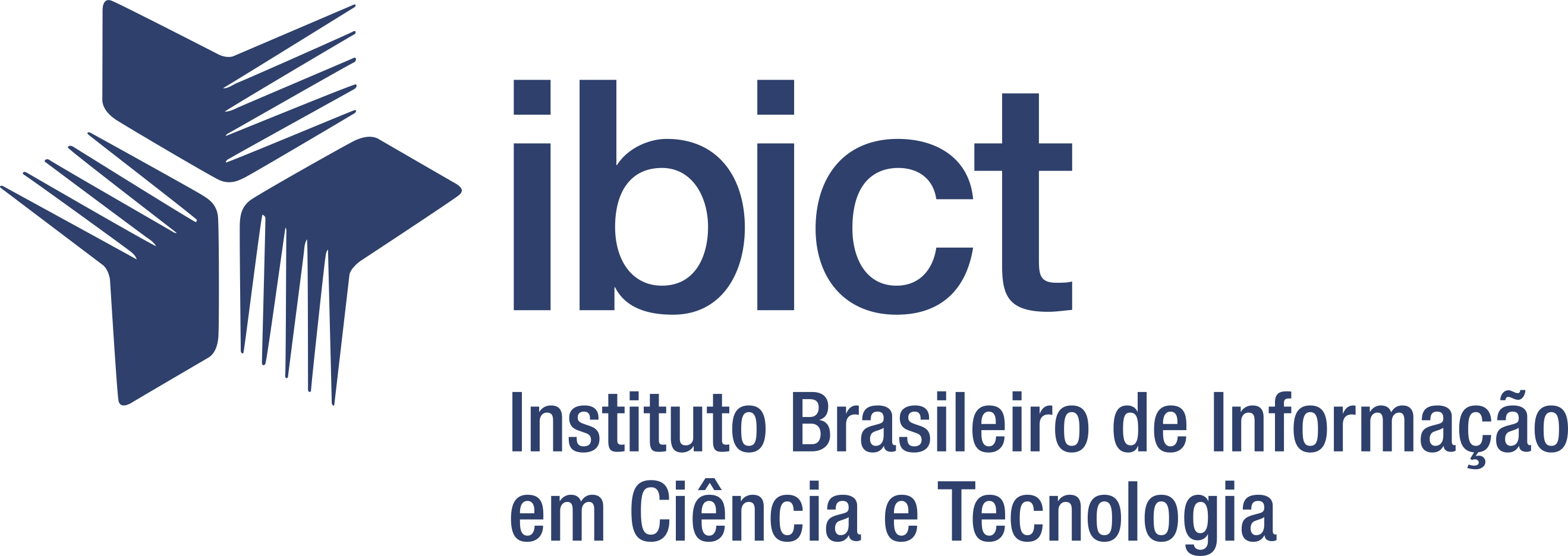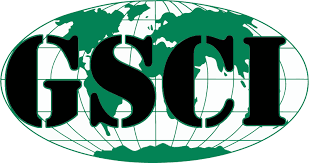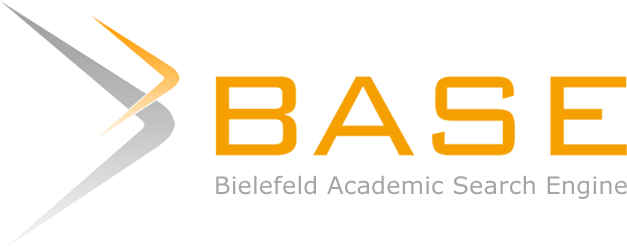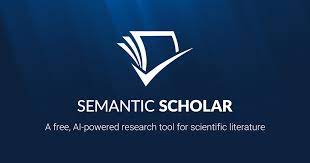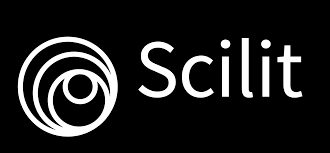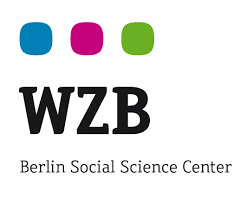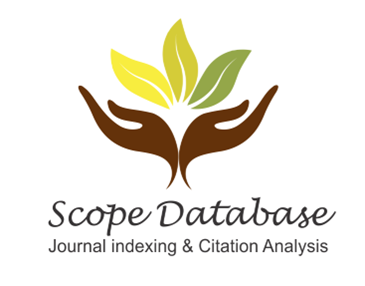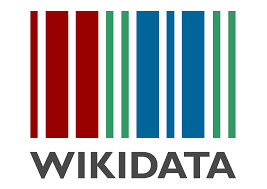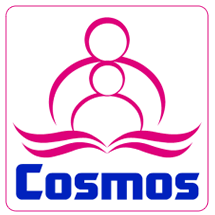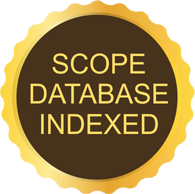ASTROCYTES: FROM PROTAGONISM TO DEFICITS
DOI:
https://doi.org/10.53612/recisatec.v2i10.195Keywords:
Central nervous system, Glial cells, EncephalonAbstract
The present article seeks through the literature review methodology to gather, analyze and synthesize the most recent information about the various functions performed by glial cells, focusing on the astrocytes as primordial for the proper functioning of the neural system. It was verified that throughout time there has been a centrality in the study of neurons, but that the most recent discoveries point to the need for a theoretical and scientific deepening in the astrocytes, which beyond the simple function of covering, perform several other fundamental activities. Among these activities two fronts stand out, the first being nutritional and structural support to the neurons. The second activity that stands out is the active participation in the composition of the blood-brain barrier. Recent findings indicate that the deficiency and malfunctioning of astrocytes are directly related to Alzheimer's disease, Parkinson's disease, and some forms of epilepsy, and are also correlated to memory and learning problems.
Downloads
References
ARAQUE, Alfonso et al. Tripartite synapses: glia, the unacknowledged partner. 1999. Trends in neurosciences, 22(5), 208–215. DOI: https://doi.org/10.1016/S0166-2236(98)01349-6
ARAQUE, Alfonso, & NAVARRETE, Marta.. Glial cells in neuronal network function. 2010. Philosophical Transactions of the Royal Society of London B: Biological Sciences, 365(1551), 2375–2381. DOI: https://doi.org/10.1098/rstb.2009.0313
BANERJEE R, et al. The undertow of sulfur metabolism on glutamatergic neurotransmission. 2008. Trends Biochem Sci. 33, 413-419. DOI: https://doi.org/10.1016/j.tibs.2008.06.006
BRANDENBURG, L. O., KONRAD, M., WRUCK, C. J., KOCH, T., LUCIUS, R., PUFE, T. Functional and physical interactions between formyl-peptide-receptors and scavenger receptor MARCO and their involvement in amyloid beta 1-42-induced signal transduction in glial cells. 2010. J. Neurochem. 113, 749–760. DOI: https://doi.org/10.1111/j.1471-4159.2010.06637.x
BRAMANTI, P.,et al. Signal transduction pathways involved in protective effects of melatonin in C6 glioma cells. 2008. J Pineal Res 44,
-87.
BELLAVER, Bruna. O PAPEL DOS ASTRÓCITOS NO ENVELHECIMENTO CEREBRAL: avaliação de parâmetros glutamatérgicos, oxidativos e inflamatórios em culturas hipocampais de ratos wistar. 2015. 103 f. Dissertação (Mestrado) - Curso de Ciências Biológicas-Bioquímica, Ufrgs, Porto Alegre, 2015.
BIGNAMI, A. Discussions in Neuroscience. 1991. Vol. 8. Elsevier Science Publishers, Amsterdam, p. 1-45.
CABEZAS R, et al. Astrocytic modulation of blood brain barrier: perspectives on Parkinson's disease. 2014. Front Cell Neurosci. 8, 211. DOI: https://doi.org/10.3389/fncel.2014.00211
CHARLES, Andrew et al. Intercellular signaling in glial cells: calcium waves and oscillations in response to mechanical stimulation and glutamate. 1991. Neuron, 6(6), 983–992. DOI: https://doi.org/10.1016/0896-6273(91)90238-U
CORNELL-BELL et al. Glutamate induces calcium waves in cultured astrocytes: long-range glial signaling. 1990. Science, 247(4941), 470. DOI: https://doi.org/10.1126/science.1967852
DANBOLT NC. Glutamate uptake. 2001. Prog Neurobiol. 65, 1-105. DOI: https://doi.org/10.1016/S0301-0082(00)00067-8
EULENBURG V, GOMEZA J. Neurotransmitter transporters expressed in glial cells as regulators of synapse function. 2010. Brain Res Rev. 63, 103-112. DOI: https://doi.org/10.1016/j.brainresrev.2010.01.003
FABRICIUS K, et al. Effect of age on neocortical brain cells in 90+
year old human females--a cell counting study. 2013. Neurobiol Aging. 34, 91-99. DOI: https://doi.org/10.1016/j.neurobiolaging.2012.06.009
GARDONI F , DI LUCA M. New targets for pharmacological intervention in the
glutamatergic synapse. 2006. Eur J Pharmacol. 545, 2-10. DOI: https://doi.org/10.1016/j.ejphar.2006.06.022
GOERGEN, Diego Inacio; CRUZ, Dennis Baroni. CONCEITOS ATUAIS SOBRE OS ASTRÓCITOS. Salão de Ensino e de Extensão, Santa Cruz do Sul, v. 1, n. 1, p. 1-2, 22 out. 2012.
GORDON, Grant et al. Astrocyte control of the cerebrovasculature. 2007b. Glia, 55(12), 1214–1221. DOI: https://doi.org/10.1002/glia.20543
HAYDON, Philip G. GLIA: listening and talking to the synapse. 2001. Nature Reviews Neuroscience, 2(3), 185–193. DOI: https://doi.org/10.1038/35058528
IZQUIERDO I, et al. Different molecular cascades in different sites of the brain control memory consolidation. 2006. Trends Neurosci. 29, 496-505. DOI: https://doi.org/10.1016/j.tins.2006.07.005
KETTENMANN, H., VERKHRATSKY, A. Neuroglia: the 150 years after. 2008. Trends Neurosci 31, 653-659 DOI: https://doi.org/10.1016/j.tins.2008.09.003
KOEHLER RC, et al. Astrocytes and the regulation of cerebral blood flow. 2009. Trends Neurosci. 32, 160-169. DOI: https://doi.org/10.1016/j.tins.2008.11.005
MARAGAKIS NJ , ROTHSTEIN JD. Mechanisms of Disease: astrocytes in neurodegenerative disease. 2006. Nat Clin Pract Neurol. 2, 679-689. DOI: https://doi.org/10.1038/ncpneuro0355
Menet V, et al. Inactivation of the glial fibrillary acidic protein gene, but not that of vimentin, improves neuronal survival and neurite growth by modifying adhesion molecule expression. 2001. J Neurosci. 21, 6147-6158. DOI: https://doi.org/10.1523/JNEUROSCI.21-16-06147.2001
METEA, Monica R, & NEWMAN, Eric A. Glial cells dilate and constrict blood vessels: a mechanism of neurovascular coupling. 2006b. Journal of Neuroscience, 26(11), 2862–2870. DOI: https://doi.org/10.1523/JNEUROSCI.4048-05.2006
MONTGOMERY D. L. Astrocytes: form, functions and roles in diseases. 1994. Vet. Pathol. 31:145-167. DOI: https://doi.org/10.1177/030098589403100201
NEDERGAARD, M et al. New roles for astrocytes: redefining the functional architecture of the brain. 2003.Trends Neurosci. 26, 523-530. DOI: https://doi.org/10.1016/j.tins.2003.08.008
OTA Y, et al. The role of astrocytes in the regulation of synaptic plasticity and memory formation. 2013. Neural Plast. 2013, 185463. DOI: https://doi.org/10.1155/2013/185463
PEREA, Gertrudis, & ARAQUE, Alfonso. Glial calcium signaling and neuron–glia communication. 2005. Cell Calcium, 38(3), 375 – 382. Frontiers in calcium signalling. DOI: https://doi.org/10.1016/j.ceca.2005.06.015
PEREA, Gertrudis et al. Tripartite synapses: astrocytes process and control synaptic information. 2009. Trends in neurosciences, 32(8), 421–431 DOI: https://doi.org/10.1016/j.tins.2009.05.001
PIVOVAROVA NB , ANDREWS SB. Calcium-dependent mitochondrial function and dysfunction in neurons. 2010. FEBS J. 277, 3622-3636. DOI: https://doi.org/10.1111/j.1742-4658.2010.07754.x
RODRIGUEZ-ARELLANO JJ, et al. Astrocytes in physiological aging and Alzheimer's disease. 2015. Neuroscience. DOI: https://doi.org/10.1016/j.neuroscience.2015.01.007
RODRIGUEZ JJ ,et al. Complex and region-specific changes in astroglial markers in the aging brain. 2014. Neurobiol Aging. 35, 15-23. DOI: https://doi.org/10.1016/j.neurobiolaging.2013.07.002
SAMPEDRO-PIQUERO P, et al. Astrocytic plasticity as a possible mediator of the cognitive improvements after environmental enrichment in aged rats. 2014. Neurobiol Learn Mem. 114, 16-25. DOI: https://doi.org/10.1016/j.nlm.2014.04.002
SEGOVIA G, et al. Glutamatergic neurotransmission in aging: a critical perspective. 2001. Mech Ageing Dev. 122, DOI: https://doi.org/10.1016/S0047-6374(00)00225-6
SQUIRE LR, et al. Magnetic resonance imaging of the hippocampal formation and mammillary nuclei distinguish medial temporal lobe and diencephalic amnesia. 1990. J Neurosci. 10, 3106-3117 DOI: https://doi.org/10.1523/JNEUROSCI.10-09-03106.1990
STEINHAUSER, C., SEIFERT, G. (2012). Astrocyte dysfunction in epilepsy. 2012. Jasper’s Basic Mechanisms of the Epilepsies. DOI: https://doi.org/10.1093/med/9780199746545.003.0047
STOBART JL , ANDERSON CM. Multifunctional role of astrocytes as gatekeepers of neuronal energy supply. 2013. Front Cell Neurosci. 7, 38. DOI: https://doi.org/10.3389/fncel.2013.00038
VOLTERRA, A, & BEZZI, P. Release of transmitters from glial cells. 2002. The Tripartite Synapse: Glia in Synaptic Transmission, 164–184.
WANG DD , BORDEY A. The astrocyte odyssey. 2008. Prog Neurobiol. 86, 342-367. DOI: https://doi.org/10.1016/j.pneurobio.2008.09.015
ZONTA, Micaela et al. Neuron-to-astrocyte signaling is central to the dynamic control of brain microcirculation. 2003. Nature neuroscience, 6(1), 43. DOI: https://doi.org/10.1038/nn980
ZHANG Y, PARDRIDGE WM. Rapid transferrin efflux from brain to blood cross the bloodbrain barrier. 2001. J Neurochem. 76, 1597-1600. DOI: https://doi.org/10.1046/j.1471-4159.2001.00222.x
Downloads
Published
How to Cite
Issue
Section
Categories
License
Copyright (c) 2022 RECISATEC - SCIENTIFIC JOURNAL HEALTH AND TECHNOLOGY

This work is licensed under a Creative Commons Attribution 4.0 International License.
Os direitos autorais dos artigos/resenhas/TCCs publicados pertecem à revista RECISATEC, e seguem o padrão Creative Commons (CC BY 4.0), permitindo a cópia ou reprodução, desde que cite a fonte e respeite os direitos dos autores e contenham menção aos mesmos nos créditos. Toda e qualquer obra publicada na revista, seu conteúdo é de responsabilidade dos autores, cabendo a RECISATEC apenas ser o veículo de divulgação, seguindo os padrões nacionais e internacionais de publicação.








